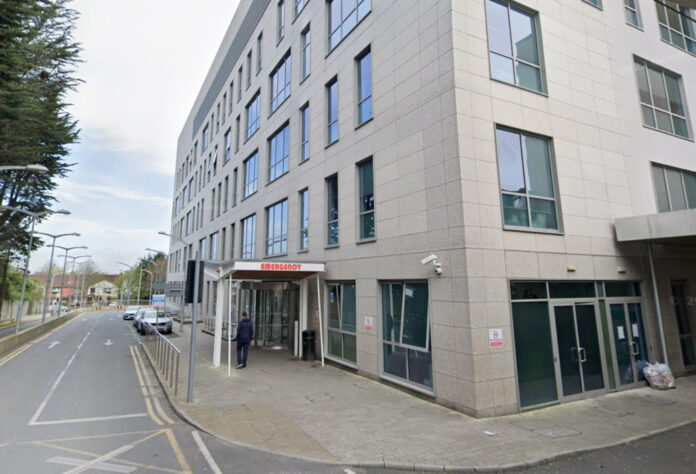
NEARLY 27,000 patients since 2019 who felt they were in urgent medical need and presented at the Emergency Department at University Hospital Limerick left the hospital either without seeing a doctor or without being fully treated and properly discharged.
The walkout situation has been described as “nothing short of appalling” by Mid West Hospital Campaign Group member Dr Conor Reidy.
The figures were released by University Hospital Limerick (UHL) to TD Violet-Anne Wynne on foot of a Dáil question. They also show that in December 2022, 1,034 people left the UHL Emergency Department without being seen to.
Speaking on Newstalk radio, Dr Reidy said: “We in the Mid West Hospital Campaign have heard hundreds of stories from patients and families about the conditions they face in the UHL Emergency Department which are nothing short of appalling.”
UHL said last year was their busiest, with 9,180 not receiving care out of 79,891 presenting.
Deputy Wynne said the figures reflect the “disregard this Government continues to show the Mid West with regards to access to healthcare”.
“The only appropriate response in this situation considering we’re getting high numbers of people leaving without care [is] to tackle the fact we don’t have a Model Three hospital.
“Being the only region that still doesn’t have a Model Three hospital shows their attitude towards the Mid West, and that has to change.”
However, a hospital spokesman said that the data is in relation to patients who left the ED without completing their treatment, rather than just to patients who left without any treatment.
Some of that number were treated, according to the spokesman, and did not wait to complete treatment or be formally discharged, while some left against medical advice and others registered but left without being seen.
The spokesman said that the numbers are “in line with expectations”.
“In the first six months of this year, a total of 3,200 patients left the ED in UHL without having completed their episode of care. This accounted for six per cent of the total number of such patients in EDs around the country. UHL accounts for approximately six per cent of overall ED activity in Ireland.”
Some patients who come to the ED could be treated through other avenues, the spokesman added.
“In this context, it is inevitable that EDs and their associated hospitals, whose capacity is exceeded by such demand, must clinically prioritise those who must be treated first and those who may need to wait, or attend a more appropriate care setting.
“Where a patient is seriously ill or injured, their needs will be prioritised above those with less serious conditions.
“Ideally, hospitals would be in a position to treat patients on their arrival. However, as demand inevitably overtakes capacity, prioritisation and consequential waiting may occur. In this regard, some patients with less serious needs may choose to avail of alternatives options.”
The spokesman said that this is not to minimise the frustration people feel in waiting in the ED but added that the hospital continues to try to minimise waiting times and has cut average waiting time by one hour since last year.
He added that UHL continues to promote alternative options to ED presentations where appropriate, noting that the current PET time in the Ennis Injury Unit is currently under 90 minutes, while wait times at the UHL ED can often exceed six hours or more.










